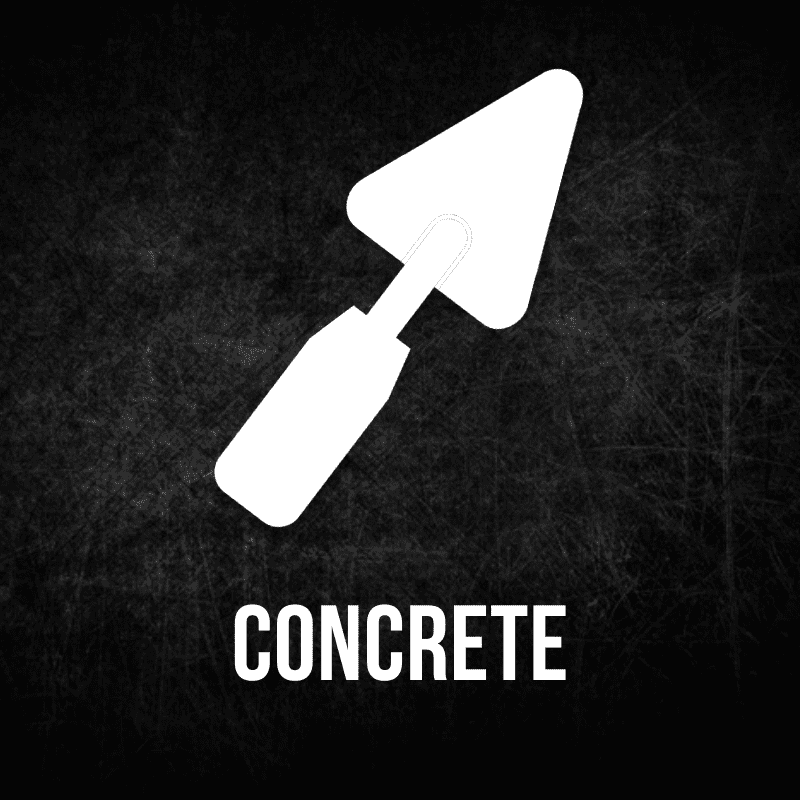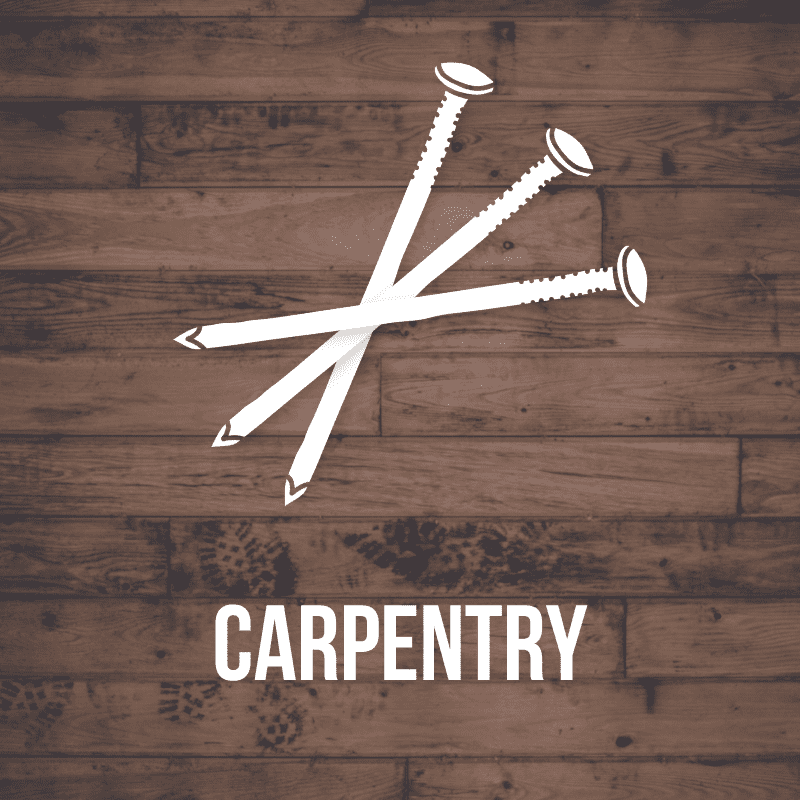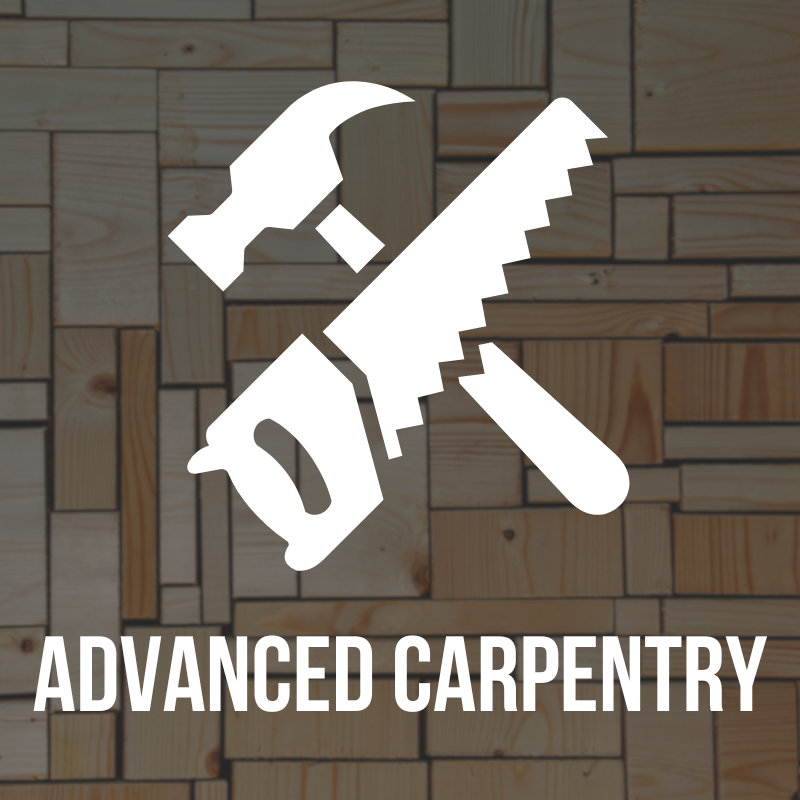
START DATE
August 26, 2025
End Date
March 25, 2026
Annual Tuition + Fees
$4475
What you'll learn:
In addition to the essentials of concrete safety, tools, and equipment, students will also learn concrete placement, reinforcing, formwork and finishing. Students will also learn helpful communication, math, and safety skills applicable across all skilled trades.
Concrete Jobs:
Jobs in the concrete industry include: concrete finisher, concrete carpenter, form builder, heavy equipment operator, and project manager.












